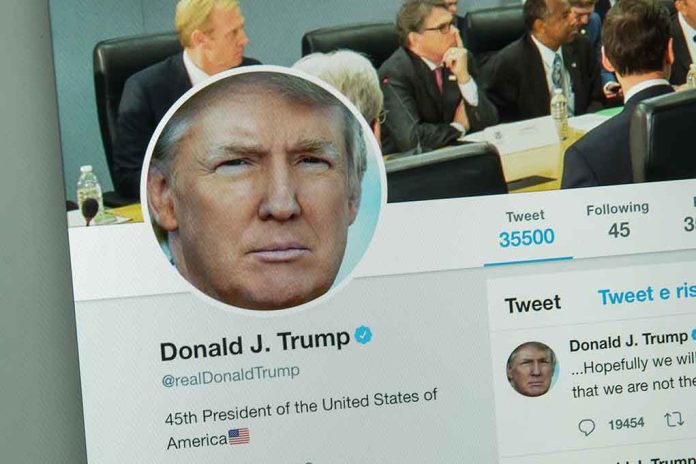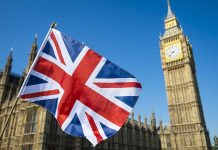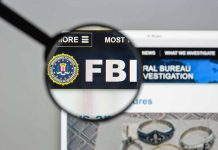
The ongoing feud between Donald Trump and the mainstream media continues to highlight the growing media-political divide in America.
At a Glance
- Most Americans believe that the media increases political polarization.
- A significant portion of the population lacks trust in the media’s fairness.
- The media’s role in misinformation raises concerns among many Americans.
- Differences in media coverage are influenced by political leanings.
The Divide in Media and Politics
Donald Trump’s confrontation with mainstream media reflects a broader societal schism. His accusations of bias and “fake news” resonate with many conservative Americans. A significant number of U.S. adults, nearly three-quarters, see the news media as a driving force of political polarization.
This growing distrust is not unfounded; many Americans see how media narratives shape public perception, often portraying conservative viewpoints in a negative light.
This viewpoint is intensified by the characterization of Trump as a divisive figure by these media outlets, further deteriorating public trust.
The decline in media trust is stark, with Democrats and Republicans differing in which outlets they trust. Republicans overwhelmingly distrust mainstream media, gravitating towards sources like Fox News, while Democrats place their confidence in a broader spectrum of outlets. This disparity illustrates a fundamental issue: many conservatives feel sidelined in the national dialogue, leading them to seek alternative media that align with their values. This divergence highlights the complexity of the media landscape, where political affiliations often predict perceptions of media credibility.
Misinformation and Media Integrity
Concerns about misinformation are widespread. About 9 in 10 adults perceive it as problematic, with many attributing the spread to the media. There is an expectation for the media to address and mitigate misinformation, although just under half of Americans have little faith in the media reporting accurately. The balance between opinion and factual integrity has shifted since the cessation of the Fairness Doctrine in 1987.
Efforts to cover Trump’s administration reveal disparities based on the political orientation of outlets. Right-leaning media offered more favorable perspectives, whereas left-leaning sources provided a higher volume of diverse viewpoints and critical analysis. These conflicting narratives contribute to the audience’s varied understandings and deepen the divide.
Evolving Media Landscape
Trust in traditional media has shifted dramatically from prior decades, when figures like Walter Cronkite symbolized reliability. The present environment finds the media navigating accusations and skepticism fueled by figures like Trump. Historical regulatory changes, such as the Telecommunications Act of 1996, set the stage for today’s media conglomerates. These shifts have prioritized profitability, sometimes at the expense of public trust.
“Two generations ago, Walter Cronkite was the most trusted man in America,” says Khadijah Costley White. And his legacy now serves as a stark reminder of what has been lost in modern journalism, as many conservatives now seek truth in alternative outlets.
Solutions proposed to address this division suggest augmenting nonprofit media and enhancing local journalism funding. Combating disinformation might help restore a shared reality critical for democracy. As the media landscape continues to evolve, these initiatives may provide pathways for rebuilding public trust and reducing the political and media divide.








